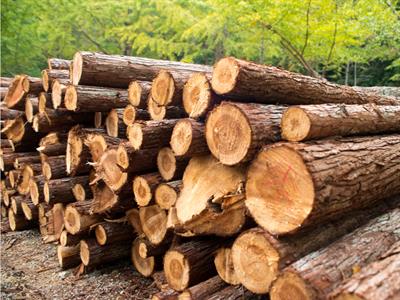PDF chapter test TRY NOW
Climate of North America
North America has a vast latitudinal extent from Tropics to the polar region. Therefore, the climate also varies to a great extent. As the Rockies run North-South, it does not form any climatic barrier like Himalayas which prevents the Indian subcontinent from cold winds of Central Asia. As there is no climate barrier, the icy winds from the Arctic region penetrates the central plains.
Therefore, they have a very long freezing winter and very short hot summer. Precipitations here are due to the cyclonic storms.
The Arctic region has a cold and dry climate. It has a very short summer and bitterly cold winter. From North to South, the duration and warmness of summer increases, but the winters are icy.
The central plains are marked by extreme climate ranging from freezing conditions in the winter to tropical heat in summer.
It is warm all round the year in the south and the regions around the mouth of the Mississippi-Missouri and the Gulf Coast. These regions have summer rain from the North East Trade winds, which blow on-shore in summer.
Warm and moist South Westerlies not only bring rainfall to the North West coast and also keep it warm. Northwest coast remains ice-free due to the warm Alaskan Current.
Mediterranean Climate is found in the State of California in USA with moist winter and dry summer.
The Westerlies or Antitrades are prevailing winds from the west toward the east in the middle latitudes between \(30\) and \(60\) degrees latitude.
Natural vegetation
Largely the natural vegetation of a region depends on the climate, soil and relief features. We know that North America has a great latitudinal extent. This continent is endowed with a wide range of vegetation and extensive forest cover. Approximately the continent has \(30\%\) forest cover. Forests are dominant in the humid regions due to copious rainfall, and they once covered about two-thirds of North America. The rest one-third is continent's drylands comprising grassland, scrub, desert vegetation, or tundra.
Lumbering industries are well established due to the abundance of forest cover. Canada particularly has a well-developed lumbering industry.
In spite of the growing exploitation of forests around the world, North America remains dominant in the timber industry. This is because the continent possesses vast coniferous forests which can be easily extracted

Timber trees
North America is a major producer of timber, wood pulp, plywood and paper. It accounts for approximately \(20\%\) of the world's timber production.
